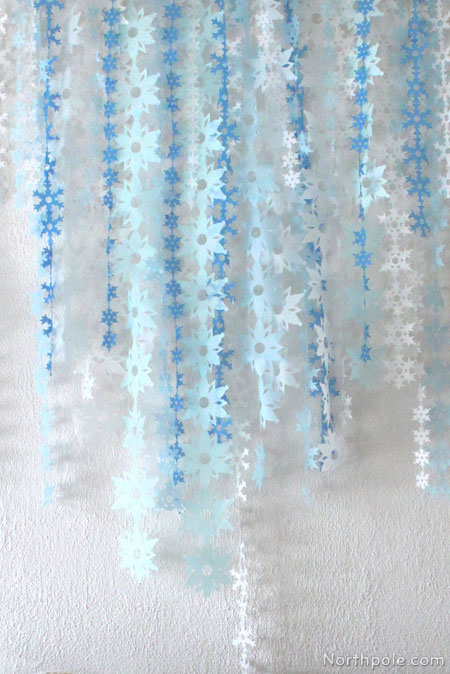
There are several methods of blocking knits. You can choose what suits your needs best. These are the steps. The three main methods are: Misting and T-pins. These methods are the most popular and effective for blocking knits.
T-pins
Using T-pins in a knit block will secure your project tightly in place. They are 1.5 inches tall and made of stainlesssteel, so they can block larger projects. They also include a storage container with a hinged lid. They will hold your knitted project securely without slipping or bending.
T-pins are useful for blocking lace projects. These pins will allow you to keep your lace work in tact even after blocking it. KnitPro sells these pins as a 50 pack.
Steam blocking
The delicate technique of steam blocking allows you to shape knitted, crocheted or woven pieces without causing damage. The process begins by flattening the piece to a suitable height. The item is held in place by pins or blockingwires. You should use medium steam and set the iron on a wool setting. You can avoid scorching fabric by placing a damp paper towel over it.

There are three main methods of blocking knits: wet blocking, steam blocking, and spray blocking. All three are very easy to accomplish. For beginners, you don't even need to use pins and a blocking board. Warm water, wool wash and a mild detergent are required for wet blocking. You can also use your hands to support it.
Misting
Misting a knitted article is similar as soaking. Only this time, you will need to heat the item and lightly mist it. A misting method can be used when a knitted piece needs shaping or to keep its lacework open. This technique is often used together with a dryer. The first step is to spray the project with water. Next, apply heat with your fingers. After applying heat, pin the item to dry.
Preparing a flat surface, or blocking mat, is important before you start to mist a knitted item. To mist the knitting, use a spray bottle. It should be gentle and smooth, but not too damp. Once the knitting has been misted and dried, you can pin it. A misting toolskit includes water and T-Pins.
Spray blocking
Spray blocking is a gentle process that won't damage knitted fabric. Spray blocking is ideal for delicate pieces like fine silk lace. This is a great method for beginners to learn how block. Spray blocking on a flat surface is best for best results. Make sure you follow the directions on the label of your yarn to ensure that your finished piece will not be damaged.
Once you've finished knitting your piece, it's time to block it. Blocking your piece makes it much easier to work with and allows for more lace and other patterning to be revealed. The type, type and method of blocking you use will vary depending on the fiber. So make sure you research the best techniques for your project.

Steam blocking with rustproof pins
Whether you're a beginner or a seasoned knitter, you will want to block your garment before you wash it. While using blocking pins can help improve the quality and durability of your project, they should not be rust-prone. They will be in direct water contact. For delicate projects, there are plenty of blocking wires available made from rust-proof material.
You'll need to have a large container that can fully submerge your item in order to do wet-blocking. A spray bottle can also be needed, which you can purchase at your local hardware or online store. A steam iron is also necessary if you are using steam.
FAQ
What is a good hobby for kids?
A hobby for kids is any activity they like to do as part of their normal daily routine. Some kids like to build things, draw, paint, write, or play with toys.
Many parents worry that their children will get into trouble if they're allowed to do whatever they want. It is not true. Your child won't get in trouble if they are safe and don't do any harm to anyone.
It's important for people to understand that just because they like something doesn't necessarily mean they'll choose it all the time. If they are passionate about drawing but hate writing, they might choose to draw pictures over writing.
There are many hobbies to choose from, so it's up you to find the one that interests you most.
Can I make money by my hobby?
You can have many hobbies that lead to extra income.
If you're passionate enough about your hobby, you may decide to sell items related to it.
You might consider setting up a website to sell rare stamps if you have a collection.
You can also make extra income by selling and buying stamps.
You could also create a YouTube channel to talk about your hobby.
This allows you to share what is important to you with others, and possibly generate additional revenue through premium content.
What are collection hobbies?
The most popular collections are books, movies, music, comics, video games, sports equipment, toys, etc.
You can also collect anything from stamps to coins to cars to dolls to action figures to model kits to figurines to art supplies to tools to kitchen utensils to jewelry to watches to gadgets to clothes to furniture to antiques to...
You get it?
What hobbies are best for introverts and what types of hobbies would they enjoy?
The ability to focus on just one thing is a hallmark of introverts. They tend to prefer solitary activities such as reading, writing, playing music, watching movies, etc.
They enjoy being alone and spending time alone. However, they do not enjoy socializing all day long. They are often bored when surrounded in people.
Introverts are often drawn to hobbies that require solitude. For example, they may enjoy reading books, listening to music, taking photographs, painting, writing poetry, etc.
Some introverts even choose to live alone. They can concentrate on their hobby without being distracted.
What are your competitive hobbies?
There are many competitive sports, including running, swimming and cycling, as well as golfing, tennis and other activities.
These games are often played by people who enjoy exercise but also offer the opportunity to interact with others.
If your hobby is physical activity, chances are that others share it.
This could include joining a club/group that allows you to play sports together regularly.
You can also participate in team games where you play alongside others.
These include soccer (soccer), rugby, netball and hockey.
There are many kinds of competition.
Some competitions exist solely for recreational purposes.
Others are designed for competitors to prove their skill.
Other rewards are available to recognize exceptional performance.
The winners are awarded prizes in these cases.
Other competitions aim to assess the strength and endurance of competitors.
These are called endurance events.
For example, marathon races, triathlons, Ironman Triathlon, etc.
Before competing in these events, athletes train hard.
To prepare them mentally and physically, they will be following a strict training regimen.
They may also need to spend some time away from home during preparation.
It is important that you remember that not every athlete can compete in every type or event.
Statistics
- Studies show that just six minutes of reading can reduce stress levels by 60 percent. (oberlo.com)
- Almost 80% of people claim to have no hobby. (hobbylark.com)
- The intensity of the dialogue partners' bond at the end of the forty-five-minute vulnerability interaction was rated as closer than the closest relationship in the lives of 30 percent of similar students. (time.com)
- I am 100% biologically a woman (discover.hubpages.com)
- In comparison, men in the “no humor” condition were refused 84.6% of the time and were only accepted 15.4% of the time. (time.com)
External Links
How To
How do I start woodworking?
Woodworking is possible in many ways. You can use power, hand, or a combination of the two. The most common tools are saws, drills, sanders, and routers.
Once you've decided on the type of project that you want to tackle, you can choose the right tool. A router, table saw or drill press is all you need to create furniture. If you're planning to build something like a picture frame or cabinet, you'll probably only need a circular saw, a miter saw, a jigsaw, a hammer, nails, screws, glue, clamps, etc.
For help in choosing the right tool, ask at your local home improvement store. Or, you can look online at some websites dedicated to this hobby. They often have tips on how best to purchase the tools needed for the job.